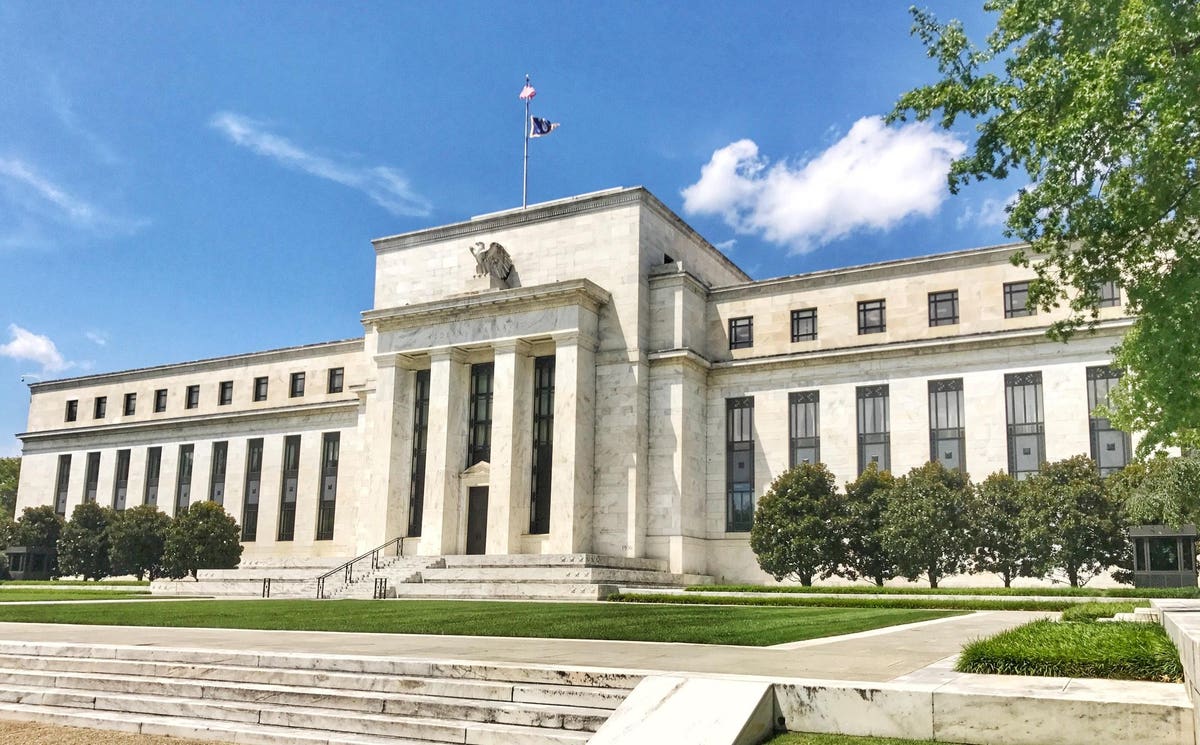The Federal Reserve raised rates by 1/4 point at its July meeting. Some investors think the Fed just blinked and should raise rates more aggressively to combat inflation. Let’s step back and look at the facts and, as always, you decide.
Dual Mandate
It is important to keep in mind that the Fed has a dual mandate:
Price Stability (a.k.a. keep inflation near 2%)
and
Maximum Sustainable Employment (a.k.a. keep unemployment low)
Recent Fed History
The Fed began printing money in 2008 to help the economy and the market recover from the Great Recession/Financial Crisis. Typically, one would expect the downside of money printing to be high inflation. However, that was not the case. After QE 1 was over (inflation was still low). The Fed announced QE 2, again that ended and inflation remained very low. So QE 3 was announced and still inflation remained low. Fast forward a few years, the Fed tried to raise rates but the market fell hard at the end of 2018 so the Fed blinked and backed off.
Easy Money Bazooka
Then, in March 2020, the world shut down because of Covid-19 and the Fed stepped in and fired a massive easy money bazooka to stimulate both Main Street and Wall Street. As expected, the economy and the stock market rebounded sharply but instead of pulling back the Fed kept rates at zero and kept printing money, some would argue, for too long. That, coupled with other global macro issues, such as the supply chain shock, was enough to spark inflation in the US and abroad.
Fight Inflation
To combat inflation, the Fed had to start raising rates and they raised rates over 500 basis points in a relatively short amount of time, with the bulk of the hikes occurring in 2022 and early 2023. Then, slowly, inflation started to come down as the economy continued to grow.
No Hard Landing
The stock market fell in 2022 mainly because many people feared a “hard landing” meaning a big recession would happen as the Fed raised rates. Instead of a hard landing, the economy continued to grow. In fact, unemployment remained very low, housing prices rose, and, for the most part, the economy absorbed the rate hikes gracefully.
What Now?
Investors are asking, what now? The short answer is the Fed, and the market, remain data dependent. The good news is that inflation has come down considerably over the last year. As long as it continues to fall the Fed is winning its battle against inflation. However, if inflation begins to shoot higher than the Fed will be forced to keep raising rates until inflation comes down.
For now, the economy is growing and the stock market is up nicely this year. Barring some unforeseen event, the Fed is back in the driver’s seat and is winning its battle against inflation.
Read the full article here





